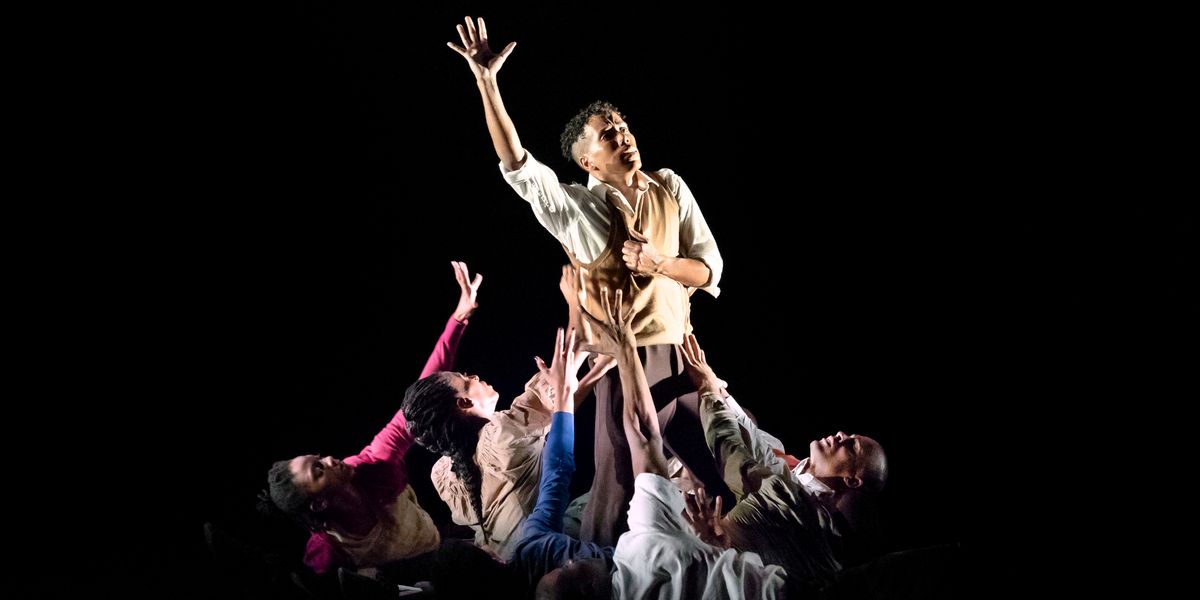Finding the Perfect Title: How Choreographers Name Their Work
When choreographing a new work, finding the perfect title can be tricky. A title holds the power of a first impression. But the right words to capture the essence of a nonverbal piece of art can be elusive. Dance Magazine asked six choreographers about how they go about titling their works—and how they know when they’ve found the right one.
Jamar Roberts, resident choreographer and dancer with the Alvin Ailey American Dance Theater
 Andrew Eccles, Courtesy Alvin Ailey American Dance Theater
Andrew Eccles, Courtesy Alvin Ailey American Dance Theater
“Throughout my process I stay close to words, mainly through reading. Sometimes it’s the words and language that start the dance from the beginning. The entire time I’m working, I’m already thinking about a title.
“I always go to great lengths to come up with a name that serves the audience and benefits them. I want the name of a work to be accessible and pleasing to the viewer and, ultimately, to be comforting. It should let them into what they are about to view.”
Recent works include:
Cooped, Ode and Members Don’t Get Weary
Yin Yue, artistic director of YY Dance Company
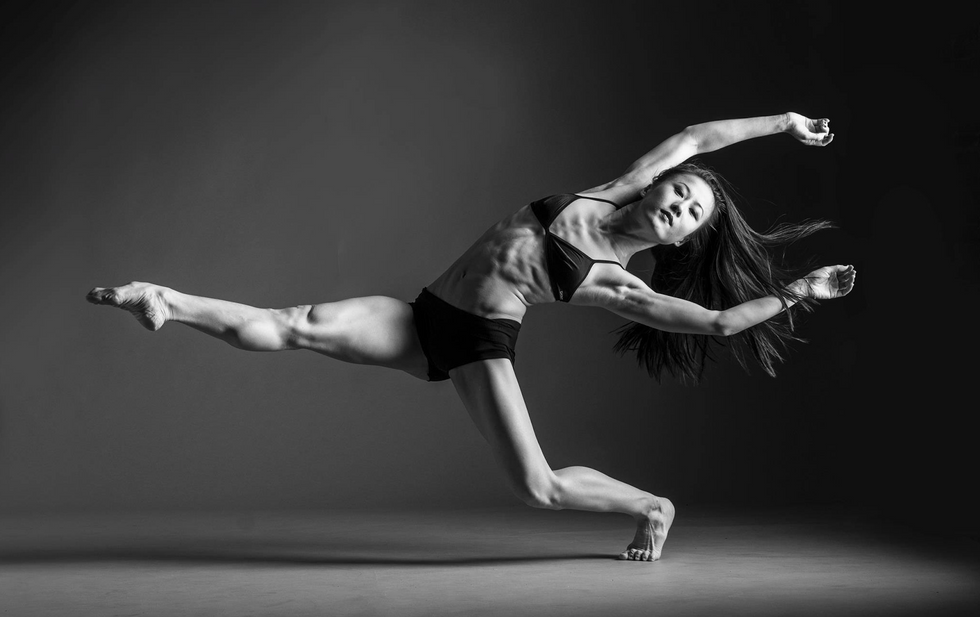 Anton Martynov, Courtesy Yue
Anton Martynov, Courtesy Yue
“Once the piece has formed a structure and indicates the conceptual direction, then I will brainstorm the title with our rehearsal assistant, Grace Whitworth, to generate words or phrases that best describe the concept in an artistic way. I also get inspiration from family and friends on their suggestions after describing the concept to them (without showing the work) to get different perspectives. When I’ve found the right one, it is an instinctual reaction.”
Recent works include:
A Trace of Inevitability, Citizen and Stones and Kisses
Rennie Harris, founder and artistic director of Rennie Harris Puremovement
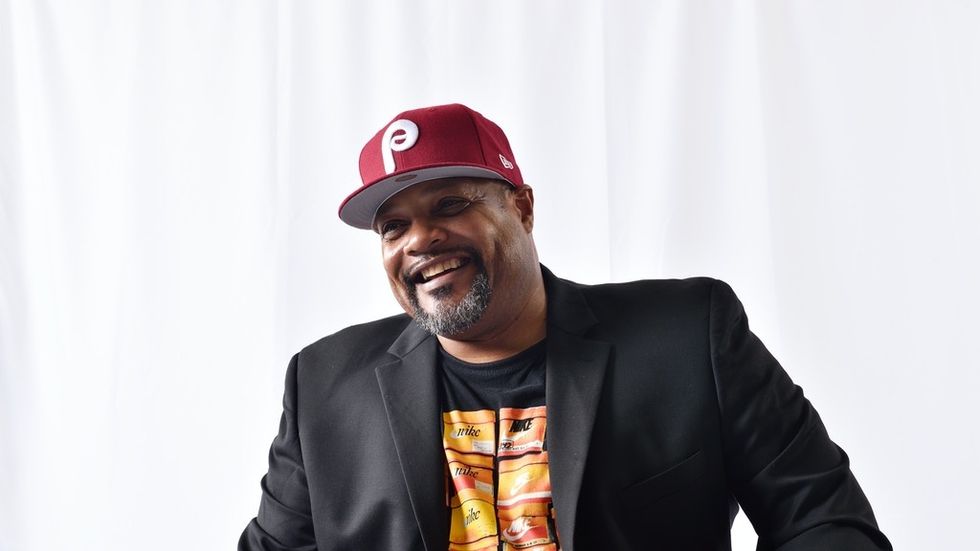 Osamu Inoue, Courtesy Harris
Osamu Inoue, Courtesy Harris
“My life and my perspective inspire me to create, which often leads me to a title that holds a lot of sentimental value. Sometimes it’s more general or it’s deeply personal. But when choosing the right title, it’s an innate feeling and I just know it’s right.”
Recent works include:
Lazarus, Funkedified and LIFTED
Jessica Lang, director and choreographer
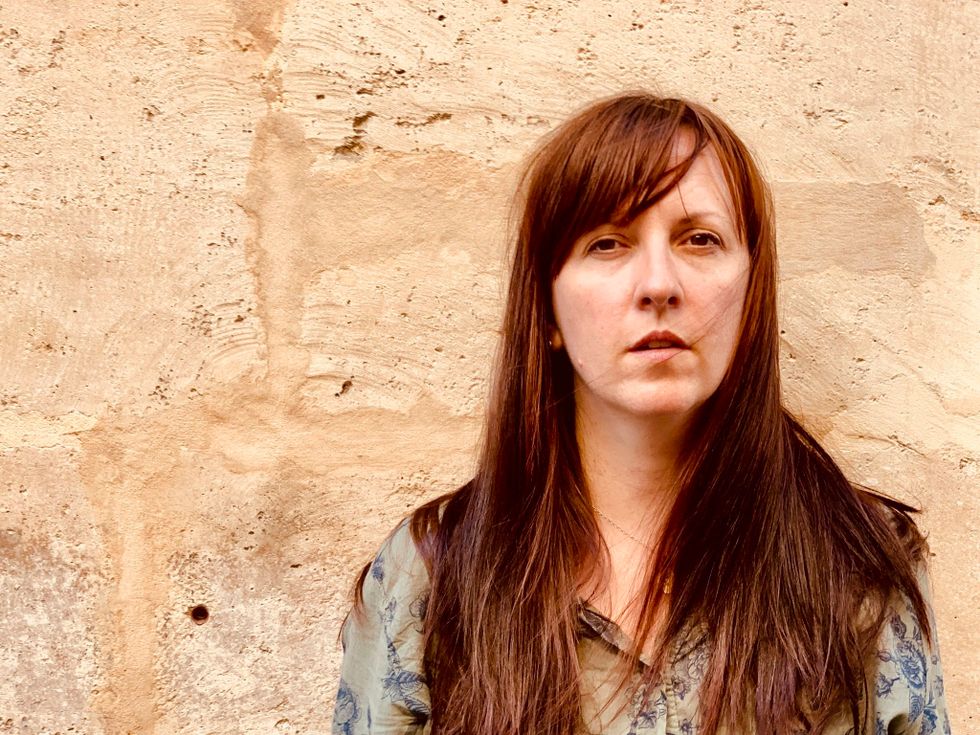 Kazu, Courtesy Lang
Kazu, Courtesy Lang
“Sometimes the title can be crystal clear when I get that first ‘wink’ of the idea for a new work, or other times it is the last thing that comes to form. The meaning behind the title has to be relevant to the piece and the concept for creation. When I get a feeling that a title is right, I live with it for a bit to make sure I feel comfortable using it in reference to the work. Ultimately, it’s usually the only words you share with your audience in an art form that doesn’t use text to describe what’s happening onstage.”
Recent works include:
Let Me Sing Forevermore, EN and Ghost Variations
Darrell Grand Moultrie, freelance choreographer
 Franklin Thompson, Courtesy Moultrie
Franklin Thompson, Courtesy Moultrie
“I always tend to create a title towards the end of the creative process. Since finding a name that ties the entire piece together can be tricky, I love to let the movement and music speak to me first. I find that when the work is connected to a personal story or journey, it’s much easier. But when it’s abstract and pure movement, it can be harder to name. I run the titles I’m thinking of by my friends and my mentor, Nina Klyvert-Lawson, and ultimately get a feeling on the one that resonates with people the most.”
Recent works include:
Ounce of Faith, Execution of a Sentiment and Harlem on My Mind
Sidra Bell, artistic director of Sidra Bell Dance New York
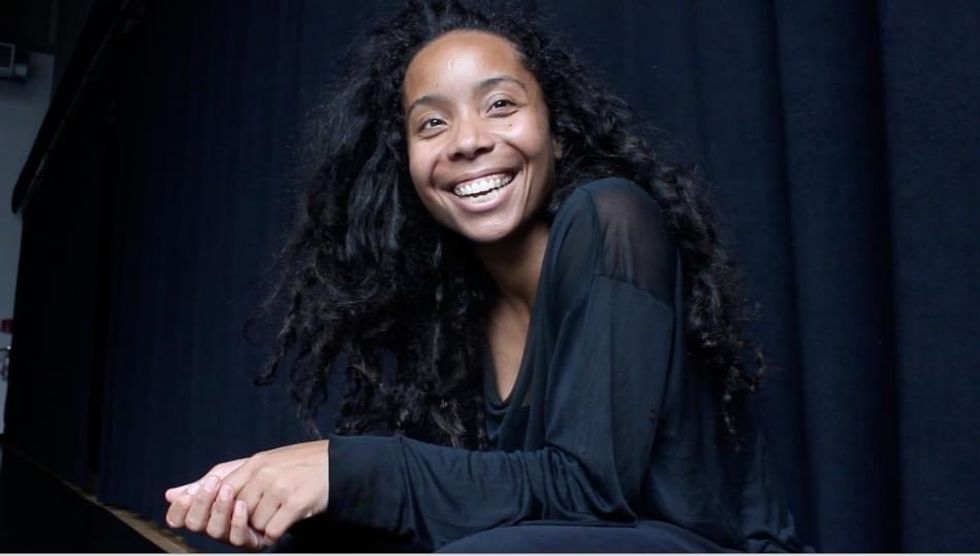 Genna Baroni, Courtesy Bell
Genna Baroni, Courtesy Bell
“I like titles to point to human conditionality, place and time. In my works, a title acts as a container of ideas for the dance to emerge from or refer to. I journal a lot throughout my process, creating sectional names and chapters to help me illuminate the emotional world of the piece. I like to live with the title for some time and look at it in the context of what continues to develop in the structure of the piece.”
Recent works include:
Behavioral Skins, Spherical Heart and Subjective Subject
This story is part of a
week-long series guest edited for Dance Magazine by choreographer Kyle Abraham.
